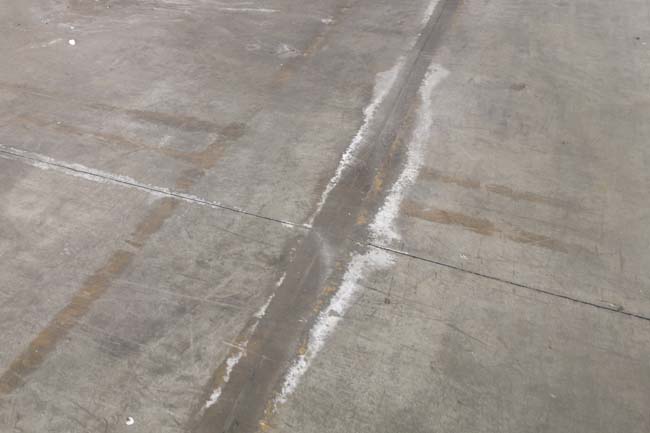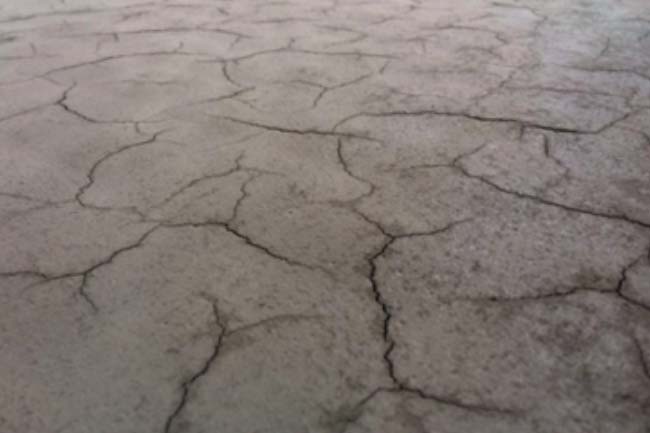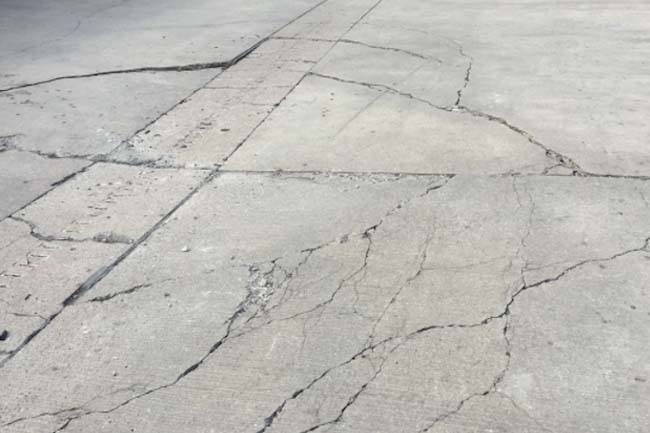CONCRETE FLOORS - Maintenance and repair
Industrial flooring frequent problems
Prima identified and apply specific certified systems, aimed at resolving all the major and recurring problems affecting industrial concrete flooring, such as:

Floors with high residual humidity
One of the frequent reasons that cause a rapid degradation of the flooring is related to the composition of the mix of concrete used, as this contains an excessive amount of water in the mix. We ensure a correct dosage of the water and the mix design of the concrete, with the use of binders and additives, avoids this type of problem and performs specific tests on the materials supplied on site.
Another cause is the presence of rising damp. On the screed there are humidity spots coming from the underlying substrate as it is free of a vapor barrier. We always install a vapor barrier (polyethylene sheet) of suitable thickness, which prevents the rise of humidity from the underlying layers.

Cracked floors
The screed has some or many cracks on the surface. Possible causes are due to wrong concrete mix-design used for the substrate, where there is an excessive amount of cement in the mix, aggregates rich in fine parts, or too much water present in the mix.
Over time, these defects are the cause of a posteriori problems such as the formation of cracks in the finishing coating, with consequent uncontrolled shrinkage of the substrate or infiltrations that damage its structure.

Floors with structural failures
Possible causes are related to the incorrect construction of an underlying ballast or its poor compaction or the use of an inadequate quality and strength concrete. We always avoid these facts by careful planning and carrying out compliance works. In these situations we have structural restoration systems.
Degraded surface flooring
Premature surface wear is often due to a lack of surface hardener (dusting), consequently, the surface becomes crumbly, dusty and absorbent. In these cases, to solve the problem, we suggest to proceed with consolidation actions and the subsequent realization of a new surface layer.
 HAI UNA RICHIESTA?
HAI UNA RICHIESTA? 


